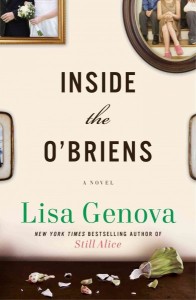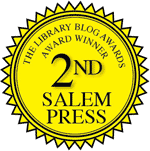Recommended to me by a children’s librarian who was making a display of children’s books that adults love to read, this little book provided some unexpected moments of grace in a grumpy day.
Prolific Newbery award-winning author Cynthia Rylant has produced a book that all ages could find quirky, thought-provoking and beguiling. It may not be for everyone, since the basic premise is that God is visiting earth in various everyday situations to see what living on earth is like. Written in verse, it includes some startling moments such as when God opens a shop called “Nails by Jim,” an idea I find surprising, but oddly beautiful:
“He got into nails, of course,
Because He’d always loved
Hands ——
Hands were some of the best things
He’d ever done”
God Got a Dog portrays God personally with human failings and doubts:
“He knew He WAS
invincible
but he didn’t
always feel that way. Not every day).”
Like Cynthia Rylant’s other books it is idiosyncratic, unconventional and gently effervescent, and made me look at the world in a slightly different way. Reading it was a small break from the day.
These poems were previously published as part of a longer teen book called God Went to Beauty School. To appeal to a younger audience, in God Got a Dog each poem has a lovely, calm and muted illustration, with a wide viewpoint that gives a sense of large scale.
God Got a Dog will suit adult readers who are interested in children’s books and it will also appeal to anyone who is eager to explore quirky ideas about religion.
Check the WRL catalog for God Got a Dog.





















